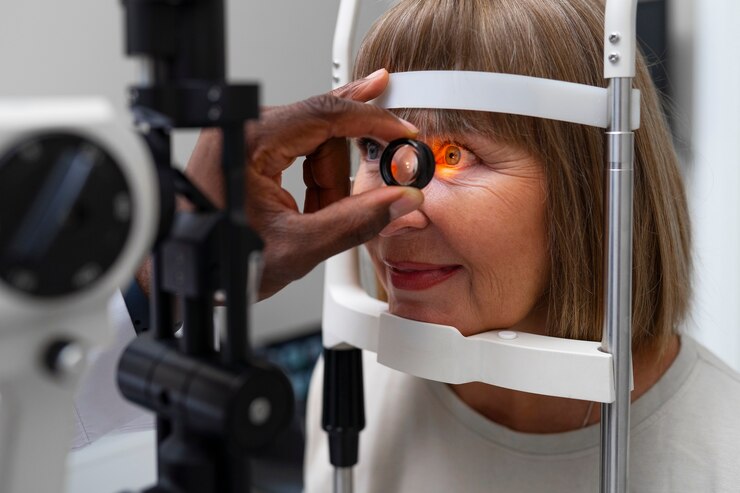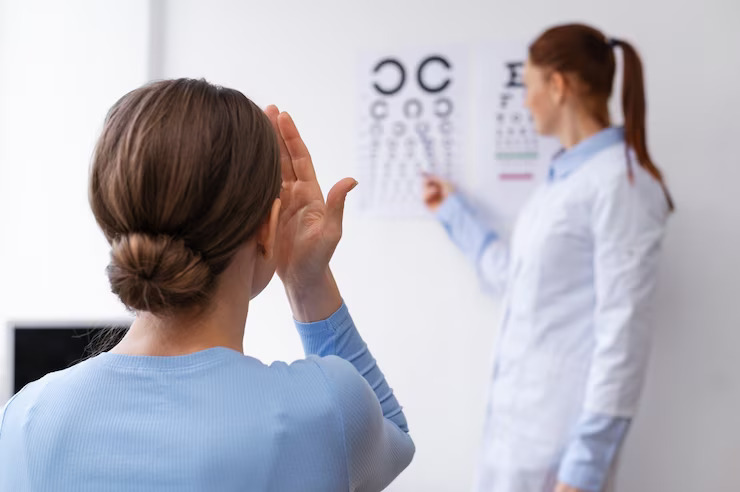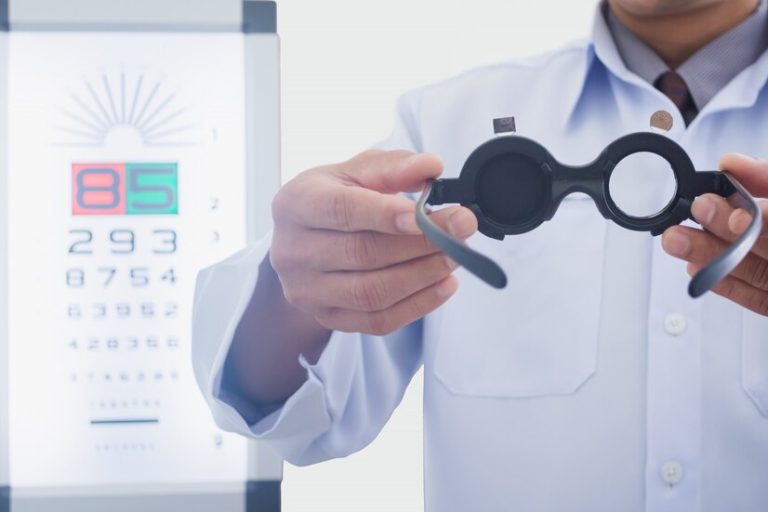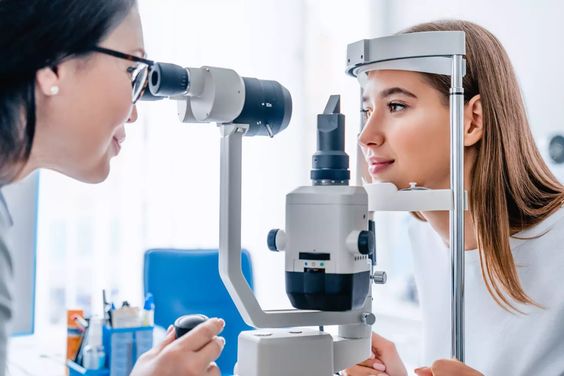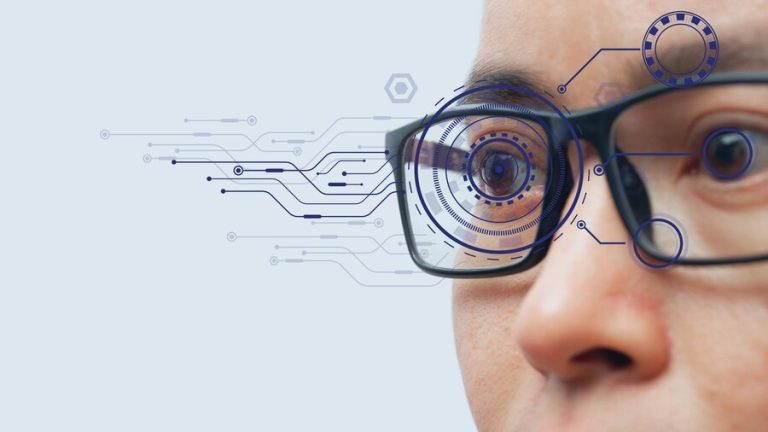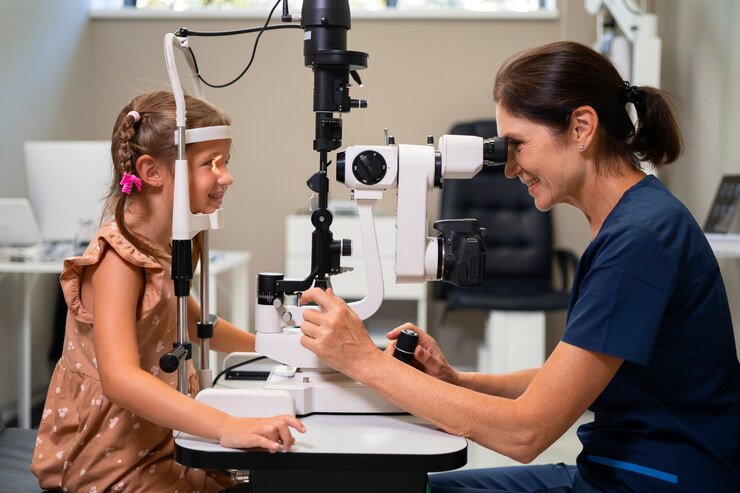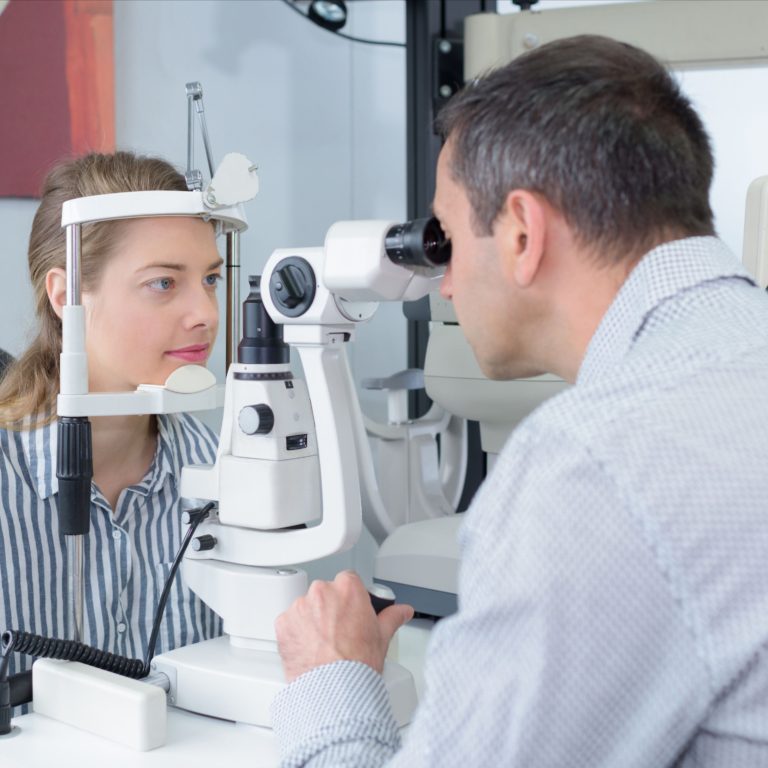Advances In Vision Testing Technology
Vision testing is an essential component of eye care, enabling the detection, diagnosis, and monitoring of various ocular conditions. Over the years, technological advancements have revolutionized vision testing, making it more accurate, efficient, and accessible. This article explores the latest innovations in vision testing technology and their implications for eye health.
Evolution of Vision Testing
Traditionally, vision testing relied heavily on manual techniques and subjective assessments. Standard methods included the Snellen chart for measuring visual acuity and the use of phoropters for determining lens prescriptions. While effective, these methods had limitations, particularly in terms of accuracy and the ability to detect subtle or early-stage conditions. Recent technological advancements have addressed these limitations, offering a range of new tools and techniques that enhance the precision and scope of vision testing.
Digital and Automated Refraction Systems
One of the most significant advancements in vision testing technology is the development of digital and automated refraction systems. These systems utilize computerized technology to measure refractive errors more accurately and efficiently than traditional methods.
- Autorefractors: Autorefractors automatically determine the eye’s refractive error by analyzing how light is changed as it enters the eye. This quick and painless process provides an objective measurement that can be used as a starting point for determining the best corrective lenses.
- Wavefront Technology: This advanced method assesses how light waves travel through the eye, identifying aberrations with high precision. Wavefront technology is particularly useful for customizing LASIK and other refractive surgeries, ensuring better outcomes.
Optical Coherence Tomography (OCT)
A non-invasive imaging method that produces high-resolution cross-sectional images of the retina is optical coherence tomography or OCT. OCT has become a cornerstone in the diagnosis and management of various eye conditions, including macular degeneration, diabetic retinopathy, and glaucoma.
- High-Resolution Imaging: OCT can capture detailed images of the retinal layers, allowing for early detection of structural changes and monitoring disease progression.
- Angio-OCT: This variation of OCT provides detailed images of the retinal blood vessels, enhancing the ability to diagnose and manage vascular conditions of the retina without the need for dye injections.
Adaptive Optics
Adaptive optics is a technology initially developed for astronomy that has been adapted for vision testing to correct distortions in the eye’s optics. This technology enables detailed imaging of the retina at a cellular level, providing insights into the health and function of individual retinal cells.
- Retinal Imaging: Adaptive optics allow for the visualization of photoreceptors and other retinal cells, aiding in the diagnosis of retinal diseases at an early stage.
- Functional Testing: Beyond structural imaging, adaptive optics can be used to assess the functionality of retinal cells, offering a comprehensive view of eye health.
Virtual Reality and Augmented Reality
Virtual reality (VR) and augmented reality (AR) are emerging as powerful tools in vision testing and rehabilitation. These technologies offer immersive and interactive environments for assessing and improving visual functions.
- Visual Field Testing: VR can be used to create dynamic and customizable visual field tests that provide a more accurate assessment of peripheral vision and detect conditions like glaucoma.
- Vision Therapy: AR applications can assist in vision therapy for conditions such as amblyopia (lazy eye) and strabismus (crossed eyes). Interactive exercises and games in an AR environment can help improve visual skills and eye coordination.
Telemedicine and Remote Vision Testing
The COVID-19 pandemic accelerated the adoption of telemedicine, including remote vision testing. Advances in digital communication and diagnostic tools have made it possible to conduct certain vision tests remotely, expanding access to eye care, especially in underserved areas.
- Online Vision Tests: Several online platforms now offer basic vision screening tests that can be conducted using a computer or smartphone. While these tests cannot replace comprehensive eye exams, they provide a convenient way to monitor vision changes and identify the need for professional care.
- Remote Monitoring: Wearable devices and mobile apps can monitor visual functions and eye health over time, transmitting data to eye care professionals for analysis. This continuous monitoring can lead to earlier detection of issues and timely interventions.
Artificial Intelligence and Machine Learning
Artificial intelligence (AI) and machine learning are transforming vision testing by enabling the analysis of large datasets and improving diagnostic accuracy.
- Automated Diagnosis: AI algorithms can analyze images from OCT, retinal photographs, and other diagnostic tools to detect abnormalities and diagnose conditions with high accuracy. For example, AI has been shown to effectively identify diabetic retinopathy, glaucoma, and age-related macular degeneration.
- Predictive Analytics: Machine learning models can predict the progression of eye diseases based on historical data, helping clinicians to develop personalized treatment plans and improve patient outcomes.
Personalized Vision Testing
Advances in genomics and biometrics are paving the way for personalized vision testing, which considers an individual’s genetic makeup and unique visual characteristics.
- Genetic Testing: Genetic tests can identify predispositions to certain eye conditions, enabling earlier interventions and personalized treatment strategies.
- Customizable Lenses: Biometric measurements of the eye can be used to create customized lenses that provide optimal vision correction, tailored to the specific needs of the individual.
Conclusion
The field of vision testing has seen remarkable advancements in recent years, driven by innovations in digital technology, imaging techniques, AI, and personalized medicine. These advancements have not only improved the accuracy and efficiency of vision tests but have also expanded the scope of what can be diagnosed and treated. As technology continues to evolve, the future of vision testing promises even greater precision, accessibility, and personalized care, ultimately enhancing the quality of eye care and patient outcomes. Embracing these innovations will be crucial for eye care professionals as they strive to provide the best possible care in an ever-changing technological landscape.
For any further queries, Plz visit drvivekgarg. in

